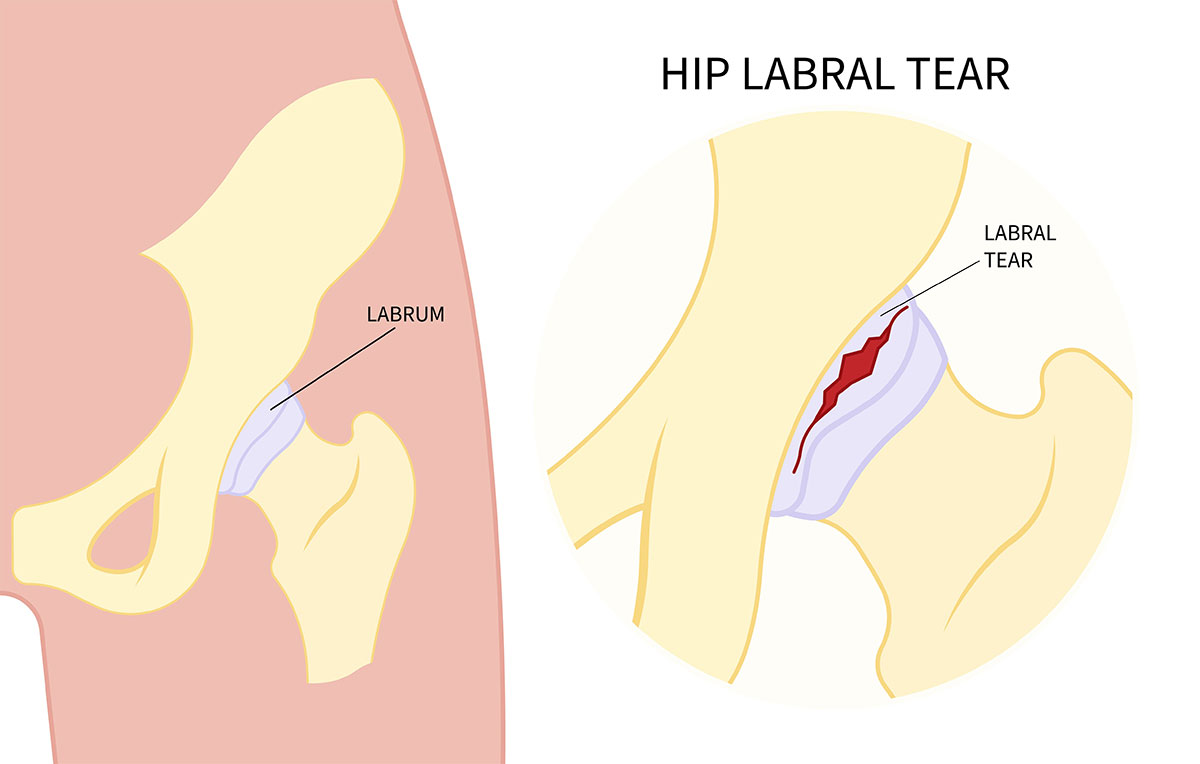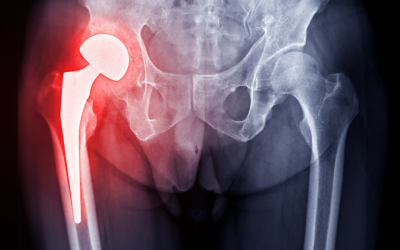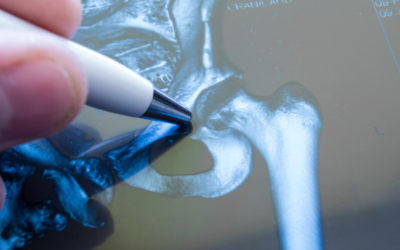How to treat a labral tear, a step by step guide.
What is a Hip Labral Tear?
A hip labral tear affects the ring of cartilage, or labrum, that goes around the outside of the socket of the hip joint. The labrum not only cushions the hip joint, but it also acts like a rubber seal or gasket to help keep the ball at the top of the thighbone in the hip socket. Hip labral tears are more likely to happen to people who play sports like ice hockey, soccer, football, golf, and ballet. A hip labral tear can also be caused by structural issues someone may be born with.
Types of Hip Labral Tears
Any place along the labrum of the hip can tear. Doctors sometimes call labral tears “anterior” or “posterior,” depending on which part of the joint is affected:
- Anterior hip labral tears – The most common kind of hip labral tear is in the front of the hip. The front of the hip joint is where these tears happen.
- Posterior hip labral tears – These tears happen on the back of the hip joint.
What are the Symptoms of a Hip Labral Tear?
Many labral tears in the hip don’t show any signs or symptoms, but some people may have at least one of the following:
- Hip or groin pain is often made worse by standing, sitting, walking, or doing sports for a long period of time
- A feeling that the hip joint is locked, clicking, or catching
- Hip joint stiffness or a small range of motion
- Feeling unsteady on your feet
What Causes a Hip Labral Tear?
Hip labral tears can be caused by many different things, including but not limited to:
- Trauma – A hip labral tear can happen if the hip joint is injured or moves out of place. This can happen in car accidents or while playing contact sports like football or hockey
- Structural problems – Some people are born with hip problems that can make the joint wear out faster and lead to a hip labral tear in the long run. This can happen if the socket doesn’t cover the ball part of the upper thigh bone completely, which is called dysplasia, or if the socket is shallow, which can put more stress on the labrum. Extra bone in the hip, called femoroacetabular impingement, or FAI, can also pinch the labrum, which can lead to tearing over time
- Repetitive motions – Joint wear and tear from sports and other physical activities, such as long-distance running and the sudden twisting or pivoting, which is common in golf and softball, can lead to a hip labral tear
Depending on where the tear is, there may be more than one cause of a hip labral tear. Most labral tears in the front of the hip are caused by repetitive movements in sports like ballet, golf, football, and hockey. Posterior hip labral tears are usually caused by accidents, falls, or sports injuries with a lot of force.
How is a Hip Labral Tear Treated?
Nonsurgical Treatments
A labral tear in the hip won’t heal on its own, but rest and other things can help with the pain and other symptoms of a small tear. Some nonsurgical treatments include:
- Anti-inflammatory drugs: Pain relievers like ibuprofen that you can buy without a prescription can help reduce inflammation
- Medication injection: Steroids and other drugs can be injected into the hip joint by a doctor to ease symptoms
- Physical therapy: Stretching and strengthening the hip muscles with certain physical therapy exercises may help ease hip pain. Most of the time, you need a prescription from your doctor to do physical therapy
Surgical Treatments
If the symptoms don’t go away or if the tear is severe, your doctor may suggest surgery. Most of the time, arthroscopy is used to fix a tear in the labrum of the hip. This is a minimally invasive surgery, which means the doctor only makes small cuts in the hip and uses small tools to do the following:
- Refixation or repair – Sewing back together the torn tissue
- Reconstruction – Reconfiguring damaged tissue using healthy tissue from elsewhere in your body or from a donor
- Debridement – Removing a small piece of labral tissue.
- If FAI is also present, it will be removed at the same time to help keep the labrum from tearing again
Most of the time, arthroscopic surgery is done as an outpatient procedure, which means the patient can go home the same day.
What is Recovery from Hip Arthroscopy Like?
Most of the time, hip arthroscopy is an outpatient surgery, which means you should be able to go home the same day. After hip surgery, most people have to wear a brace for about three weeks. You’ll have to use crutches for a few weeks, and for at least a week, you won’t be able to put any weight on your hip. Your doctor or surgeon will give you a personalized plan for getting better and will talk to you about how the surgery went. You may need to:
- Don’t put stress or weight on your hip including while you sleep
- Ice the area and elevate
- Make sure to keep the incision clean and covered
- NSAIDs, like ibuprofen, can help with pain after surgery
- Until the incision heals, take showers instead of baths
After the initial week after surgery, you may wonder when you can return to your daily activities and work. If your job is in a low-activity environment, like working in an office, you may be able to go back to work in one to two weeks after surgery to fix a hip labral tear. If your job puts a lot of stress on your hip, you can work with your physical therapists to find a safe date to go back to work or talk to your boss about making changes to your job so you can ease back into work as you heal.
Contact us at Tennessee Orthopaedic Alliance to set up an appointment. We will help you live comfortably again.




